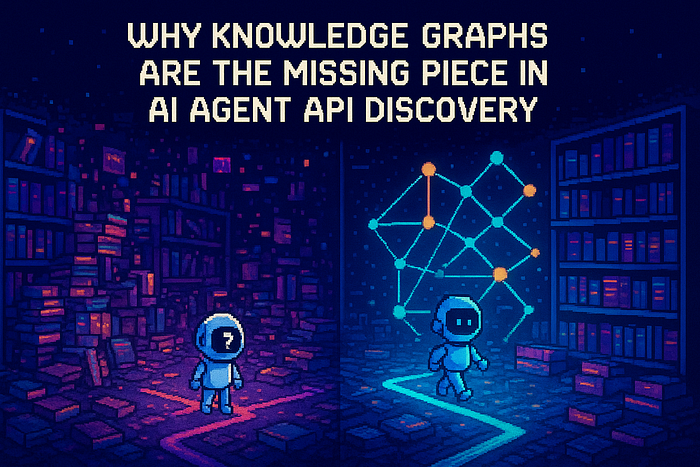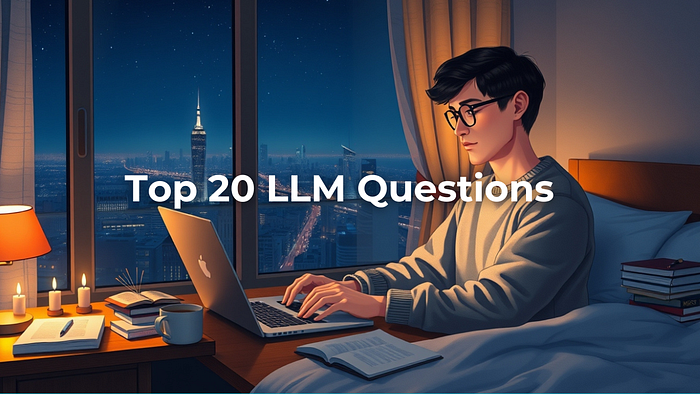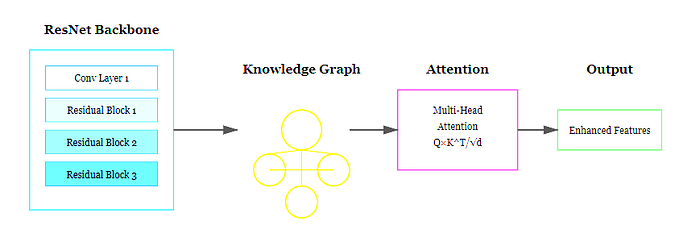
Armor to the Expanding Virtual Universe: A Mental Health Monitoring System Addressing Escapism And Ptsd
Author(s): MSVPJ Sathvik
Originally published on Towards AI.
The entire digital universe has taken a great leap with the landing of augmented and virtual reality technologies(AR and VR). This astonishing metaverse in which users have 3D avatars to interact, connect, socialize, and experience a completely different life from their physical existence is everything to talk about now!
The potential for innovation in gaming, education, and professional development, delving into an entirely new dimension to experience virtual reality, is immense.
While how expansive the multiverse is, its immersive nature also presents challenges, particularly the ones concerning mental health. Considering the teens of the present generation and their over-dependence on virtual environments as an escape mechanism from reality, there is a high chance of them experiencing conditions like post-traumatic stress disorder (PTSD).
As we have been looking into this significant issue, we have decided to address it with a pioneering solution through a novel real-time mental health monitoring system tailored explicitly for the metaverse users, who, among us, are already in the millions.

The overlooked adverse impact of the metaverse
The surreal beauty of Virtual Reality(VR) lays out a cool experience for the users, letting them submerge so much into the technology that it can sometimes blur the lines between fact and fiction. While this is all fine and fun, as our parents have always felt, it sure does make us, as users, feel vulnerable to the psychological effects as a consequence. Escapism, a very dangerous feeling of wanting to immerse oneself in the virtual world to avoid and not face real-life challenges, often comes out as overdependence on the metaverse. This can lead to drastic changes in one’s behavior, like wanting to isolate and neglecting essential responsibilities socially, and can even deteriorate one’s mental health conditions and may also contribute to disorders like PTSD.
Some virtual events with violent simulations or intense scenarios can trigger akin to real-life trauma. Not only the engaging yet harmful content on these platforms but also the persistent cyberbullying or harassment that these places engage with can aggravate these symptoms.
Even though issues like these need to be addressed, the existing research has mainly focused on the metaverse’s benefits and further applications in other fields, leaving gaps in understanding the darker facets of mental health risks as consequences of usage.
Here we are, with our shield of protection!
Recognizing the critical need for addressing mental health fallouts, we have developed an annotated dataset and machine learning framework to monitor and assess mental health conditions within the metaverse.
We have carefully designed the dataset, focusing specifically on escapism and PTSD, which are pretty prevalent but often overlooked in virtual environments.
How we developed the dataset to work on the solution
Firstly, we started by curating the dataset from user-generated content on platforms like Reddit and Twitter. We picked the chat logs, activity logs, and demographic data, all anonymized to protect the user’s identities. To capture the textual interactions and behavioral patterns, the chat logs and activity records helped a lot with the analysis; we’ve also used a user’s demographic data for reading between the lines in search of any context regarding their behavior. Lastly, with the help of expert annotators, we were successful in categorizing the data based on the respective criteria for both escapism and PTSD.
So, how did we work on the categorizing?
It was apparent when the escapism annotations were tagging texts that showed avoidance behavior, and the PTSD annotations highlighted signs of trauma or high distress level;
this entire process of organizing the user-generated content has created an excellent resource for mental health research in the metaverse.
What models we’ve used for mental health care monitoring
Once we had the dataset, we wanted to analyze it and draw valuable insights; we picked the advanced natural language processing (NLP) pre-trained models.
The models included BERT-based models like BERT, AlBERT, and DistilBERT for general natural language processing and domain-specific models like MentalBERT, ClinicBERT, and PsychBERT, designed for healthcare and mental health contexts and multiple variants of GPT including GPT-3.5, were used to capture nuanced language patterns.
We worked on testing these models rigorously for their effectiveness in detecting the signs of escapism and PTSD.
Our results were quite astounding, with the highest accuracy demonstrated by escapism detection, which achieved 87.15%, and PTSD detection, which reached 83.6%. GPT 3.5 outperformed all the models; we had a comparatively good experience with it since it was accurate enough and easy to use for integration, showcasing its robustness.
In the domain-specific models, we’ve used MentalBERT, which showed strong performance but required more tuning and computational resources.
How can all of this be applied in real time?
Our main aim has been to integrate our framework with VR headsets, smartphones, and smartwatches. We think it is beneficial when
e-devices can monitor user interactions, physical activity, and emotional responses. Incorporating the monitoring tools, we let the system assess a person’s mental health status by detecting potential distress signals early; it can prevent major crises before they occur.
Let’s say one of your friends has been deeply involved with his metaverse universe, virtually immersed for a long time; the system would alert him to withdraw from the environment on prolonged usage despite too many warnings; it would alert his network, too.
Similarly, we designed the integration of text and voice analysis of the virtual interactions, which can identify signs of harassment or anxiety and alert the user network if any concerned patterns are observed.
Ethics, the biggest challenge!
One huge challenge is the ethical consideration when monitoring a user’s activity and interactions in the metaverse. We have valued privacy, consent, and data security as the main base by protecting a user’s identity and maintaining user confidentiality during data collection. During the entire data collection process, we have strictly stuck to the platform’s guidelines and maintained transparency with the user, where they have control over their data and can choose to turn off the monitoring systems.
We have designed our system to provide insights that trained professionals can understand and ensure proper practical care and ethical practices.
The path this solution paves for…
We are so glad that we could contribute to bridging some critical gaps in addressing the mental health challenges in the metaverse.
By providing a concise framework for monitoring, we have been able to help developers and healthcare professionals reduce the risks of escapism and PTSD. As we observe the increase in the usage of the metaverse, tools like this will be pretty helpful in ensuring safety. They would highly support the virtual environment, providing a harmonious environment.
Our future work is to refine the models for greater accuracy and expand the dataset for larger amounts of data, considering the outliers to include diverse use cases for educational or professional applications.
We also aim to explore partnering with the VR developers to integrate this system into the current platforms, which would benefit the entire community.
Conclusion
This entirely spectacular world of metaverse has wholly redefined human interaction, shielding the mental health of the users in these spaces. Our research has made a small yet valuable step towards addressing these virtual environments’ impact in a way that helps growth and expansion. We have all paved the path towards a balanced and healthy digital future with a balance in technology usage and taking care of ethical prospects.
Join thousands of data leaders on the AI newsletter. Join over 80,000 subscribers and keep up to date with the latest developments in AI. From research to projects and ideas. If you are building an AI startup, an AI-related product, or a service, we invite you to consider becoming a sponsor.
Published via Towards AI
Take our 90+ lesson From Beginner to Advanced LLM Developer Certification: From choosing a project to deploying a working product this is the most comprehensive and practical LLM course out there!
Towards AI has published Building LLMs for Production—our 470+ page guide to mastering LLMs with practical projects and expert insights!

Discover Your Dream AI Career at Towards AI Jobs
Towards AI has built a jobs board tailored specifically to Machine Learning and Data Science Jobs and Skills. Our software searches for live AI jobs each hour, labels and categorises them and makes them easily searchable. Explore over 40,000 live jobs today with Towards AI Jobs!
Note: Content contains the views of the contributing authors and not Towards AI.














